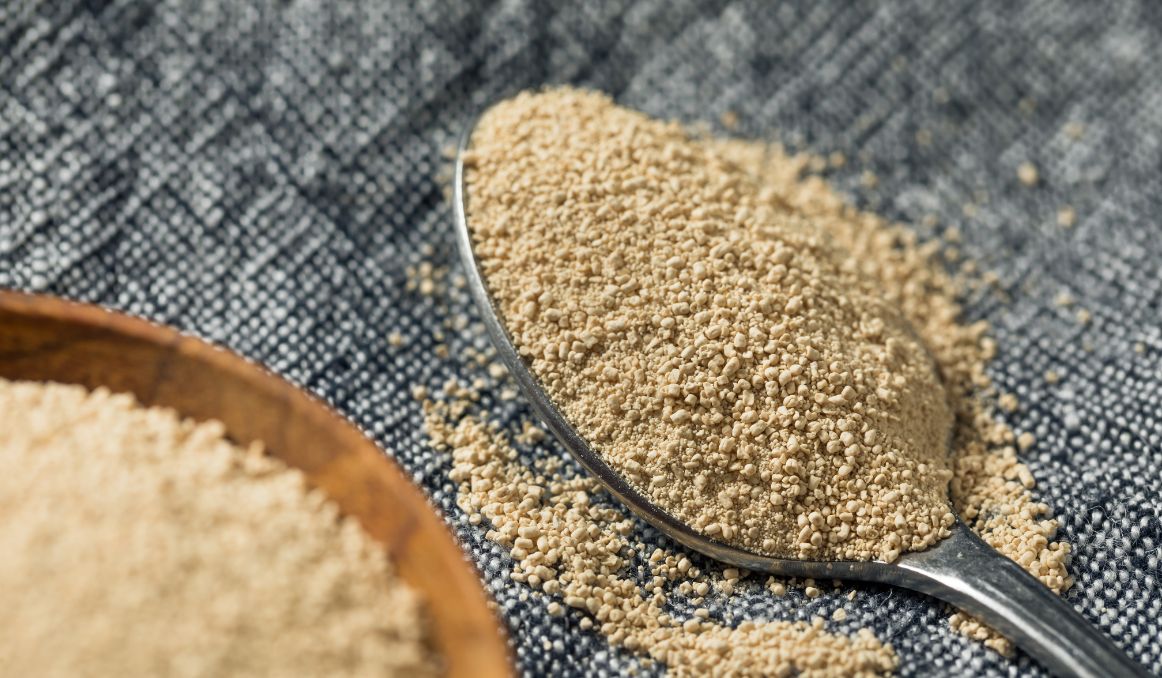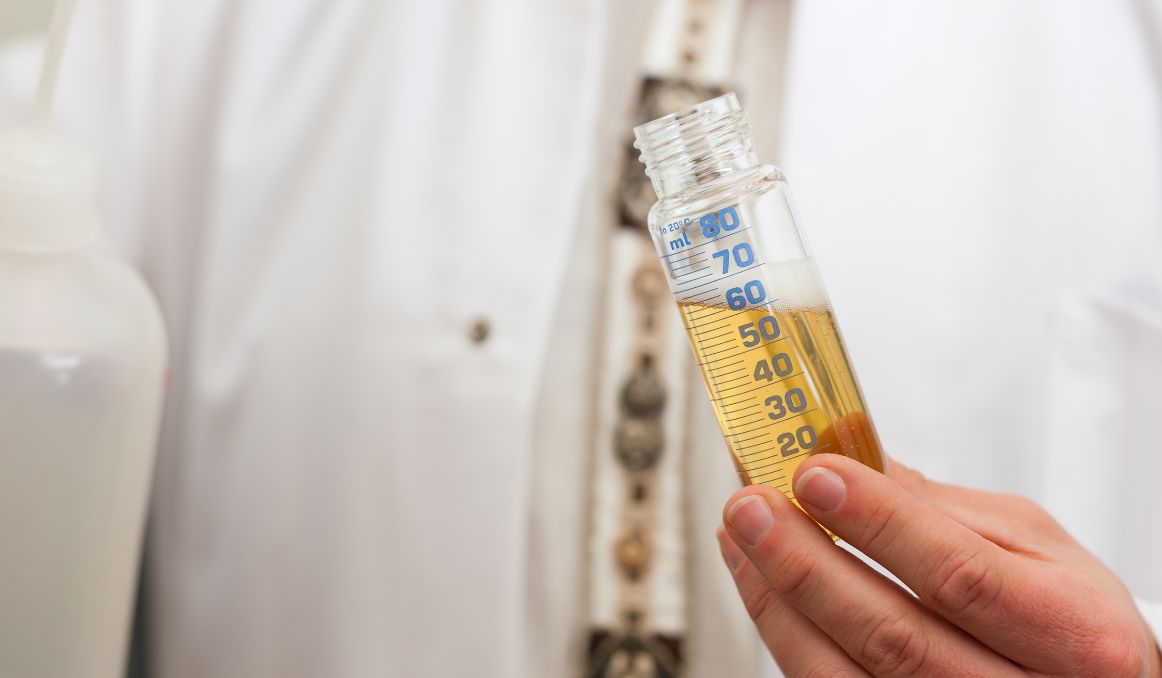Propagating Dry Yeast: How To
Propagating dry yeast is a hot topic right now, considering the global inflation that does not seem to be going anywhere.
Brewers have to be able to save money where they can, without cutting on quality or consistency, and dry yeast can be hugely beneficial in that process.
And you may be able to save even more money that you can pass on to your loyal customers by way of great beer at decent prices if you can propagate that dry yeast.
But, is it even possible?
And what even is dry yeast?

The Early Days
Remember, in the beginning, brewers had no idea what yeast even was.
Yeast, a living organism, has been around since pretty much the beginning of time, fermenting whether we humans were around to see it or not.
Fungus is the oldest living organism on the planet, and yeast is a fungus, but here‘s the thing about yeast: it has one job, one mission, one purpose on this planet – to eat sugar.
That’s right.
Yeast reproduces by consuming sugar and converting it to alcohol and carbon dioxide.
So, while yeast was in its early stages, it would drift around the air and on surfaces in search of its favorite food, sugar.
Before humans were around to make wine and beer, yeast could ferment rotting fruit and vegetables that had fructose.
Indeed, archeologists have found that monkeys discovered this wonderful trick of nature and began waiting until fruit had fermented to eat it, getting themselves drunk on what was essentially fruit wine.
Later, they figured out how to make their own wine, and now we can find tribes of monkeys tapping palm trees for their sap and then letting the sap sit out until it has been fermented by yeast.
Yes, yeast is a miraculous single celled fungus.
Brewer’s Yeast
Before brewers caught up to the yeast game, we lurch forward several thousand years to the time of agriculture and domestication.
You see, we needed grain to grow and harvest, roast, crack, and boil in order to make beer, so we had to be much more advanced.
Still, it has always been a relatively simple process to make beer.
The first beer was most likely an accident in fact.
A woman was out harvesting her grain to grind and turn into some sort of hot cereal or unleavened bread and then left it out in the rain for whatever reason.
When she returned, she would have found soggy grain and fizzing water covering the grain.
That grain water, which we now call wort, would have turned to an early type of ale that she would have gone in to offer to her family. It was freshly fallen rainwater after all.
The euphoric effect added to the fact that the very low level of alcohol would have cleaned the water would have been a huge bonus to this new source of water for the family.
And beer took off from there.
But ale was still a mystery.
Brewers would simply grow and harvest grain, usually barley, roast it to convert the starches to sugars and therefore get a higher alcohol content, then boil it, steep it, add some hops, and then leave the wort out for the yeast to do its thing.
You see, brewers had no idea what was actually happening. They just knew that leaving their wort out in the open air would lead to something fermenting their beverage and turning it into something super tasty.
It was not until the scientist Louis Pasteur came along in the 1800s with his microscope that we were able to discern what was actually taking place during fermentation.
At that time, brewers then figured out how to propagate their own yeast, develop their own flavors and aromas, and provide a consistent brew to their clients.
And then commercialization entered the scene and started mass producing yeast and beer alike.
Now, brewers could buy their yeast from a company and count on a reliable strain to pitch into the wort and have the same beer every single time.
Still, it was decades before anyone thought to dry out the yeast and offer it in little packets. It was not until 1943 that the company Fleishman’s thought to dry out and sell yeast in packets as a way of helping out struggling families.
It is now the most common form of yeast used for bread dough.
Dry yeast is more cost effective, and it lasts much longer on the shelf than fresh or liquid yeast last in the refrigerator.
But, you wonder, can you multiply dry yeast and save even more money?
Propagating Dry Yeast

Yes, yes you can multiply dry yeast.
But not in its dry state. You will have to hydrate it first by adding it to ½ cup of warm water and 1 tsp of sugar, and let it sit for three or four days, stirring it at least once a day, which will wake it up and activate it.
From there, you will propagate your yeast as you would any live, active yeast, either with your propagation tank, if you are a larger brewer, or with a few tools on hand if you are a smaller or medium sized brewer:
- Kitchen scale
- 5 Liter Erlenmeyer flask (borosilicate glass)
- Dry Malt Extract (DME)
- Yeast
- Canning jars and lids
- Fermcap S Foam Control
All you have to do is put 300 grams of DME into your flask; then add 3 liters of warm water and stir. Place your stir bar in the flask and add aluminum foil to the top, leaving room for steam.
Add one or two drops of Foam Control so your wort doesn’t boil over.
Put your flask on a stir plate and bring your wort to a boil; chill the wort quickly and then add your yeast.
Within 24 hours, you should see your yeast, nice and milky white bubbling to life.
You can separate the yeast out into jars and keep in the refrigerator for at least two weeks and expect great viability, which you can always check, of course, with your yeast cell counter.
Cheers!
Are you still pitching fresh yeast every time? By reusing your yeast, you can save up to hundreds of thousands of dollars per year on just yeast alone!
Join the hundreds of brewers from all around the world using the smartest Automated Yeast Cell Counter! Request a Free Demo Account today and experience firsthand how Oculyze can take your brewery to the next level!
Stay on top on important fermentation insights – subscribe to our monthly newsletter and receive a hand-picked selection of our most relevant articles straight to your inbox.
Never miss a beat and get real time updates with a new article each workday by subscribing our social media channels.
Instagram | Facebook | Twitter | YouTube


